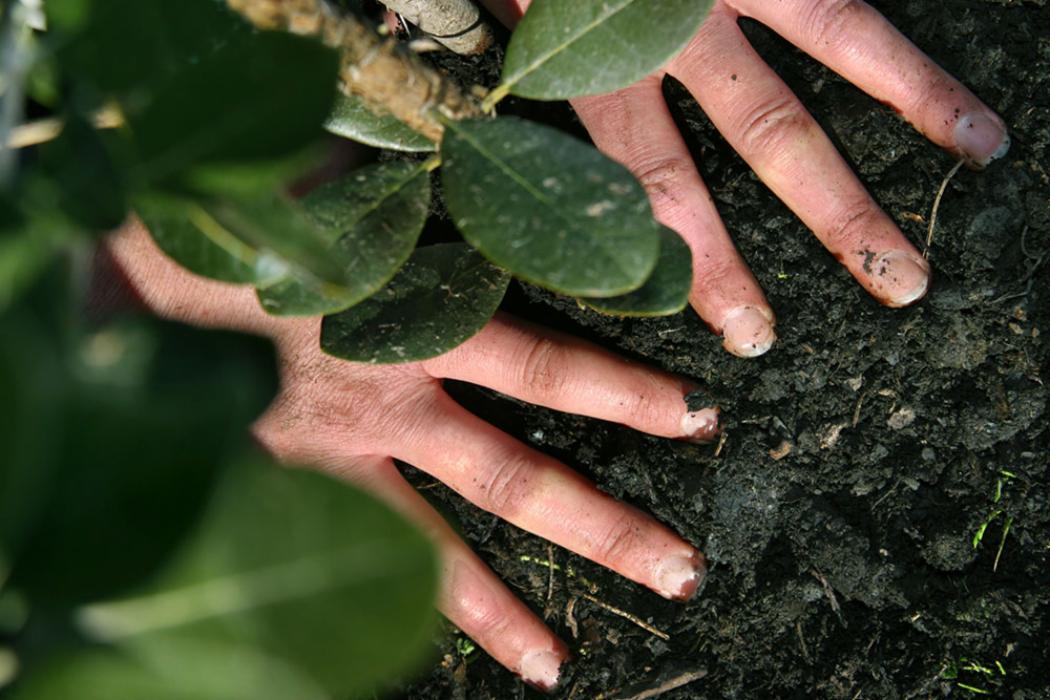Environmental Contamination
Introduction
Environmental Contamination is the science of prevention and treatment of contaminants and invasive organisms in our ecosystems.
This major offers practical learning in identifying contaminants and their source, analysing their impact, and developing strategies to prevent further exposure.

